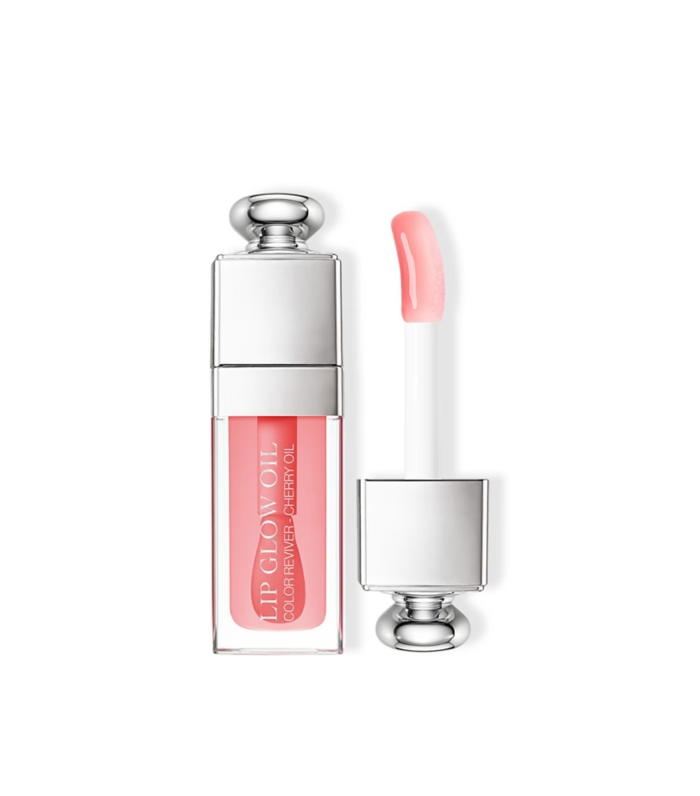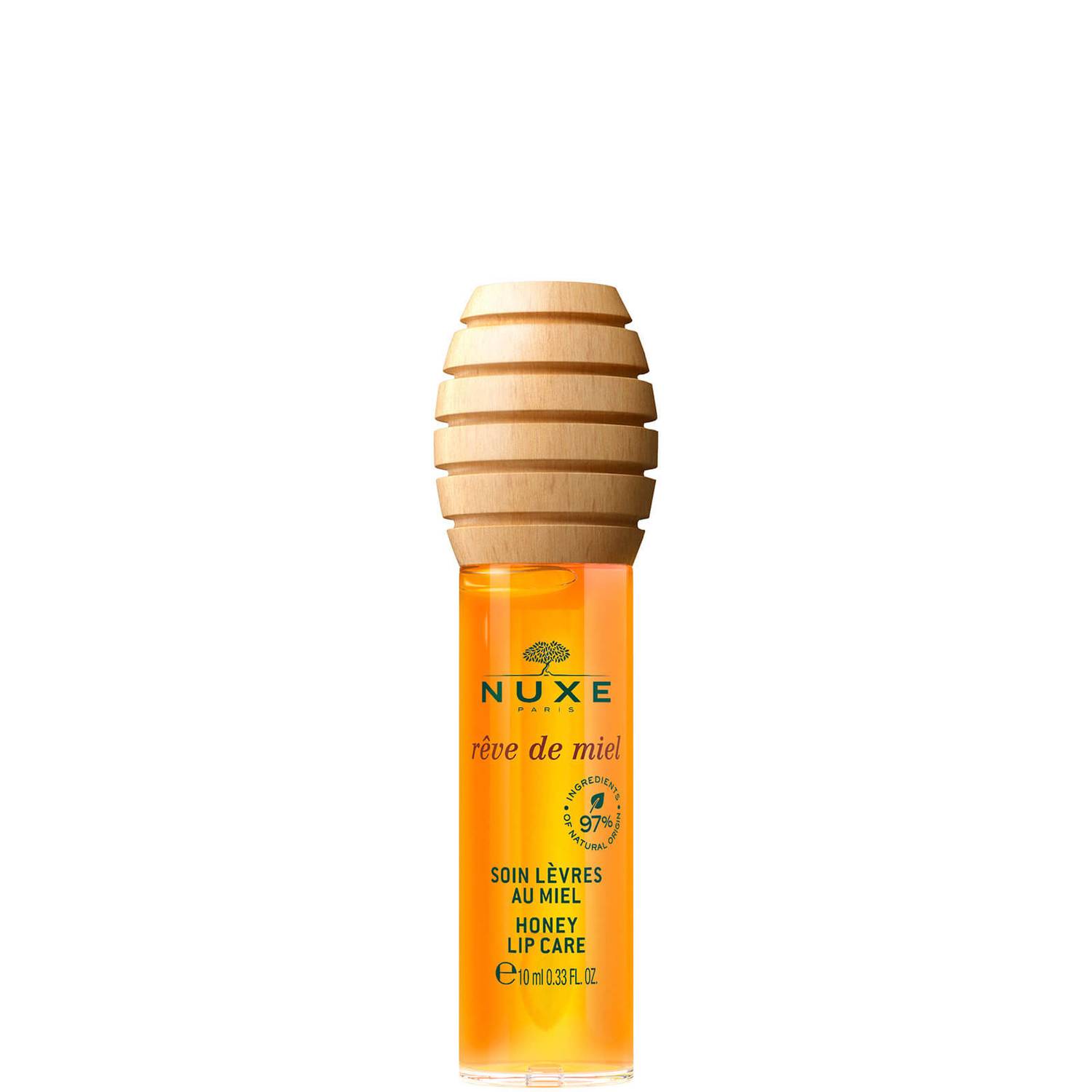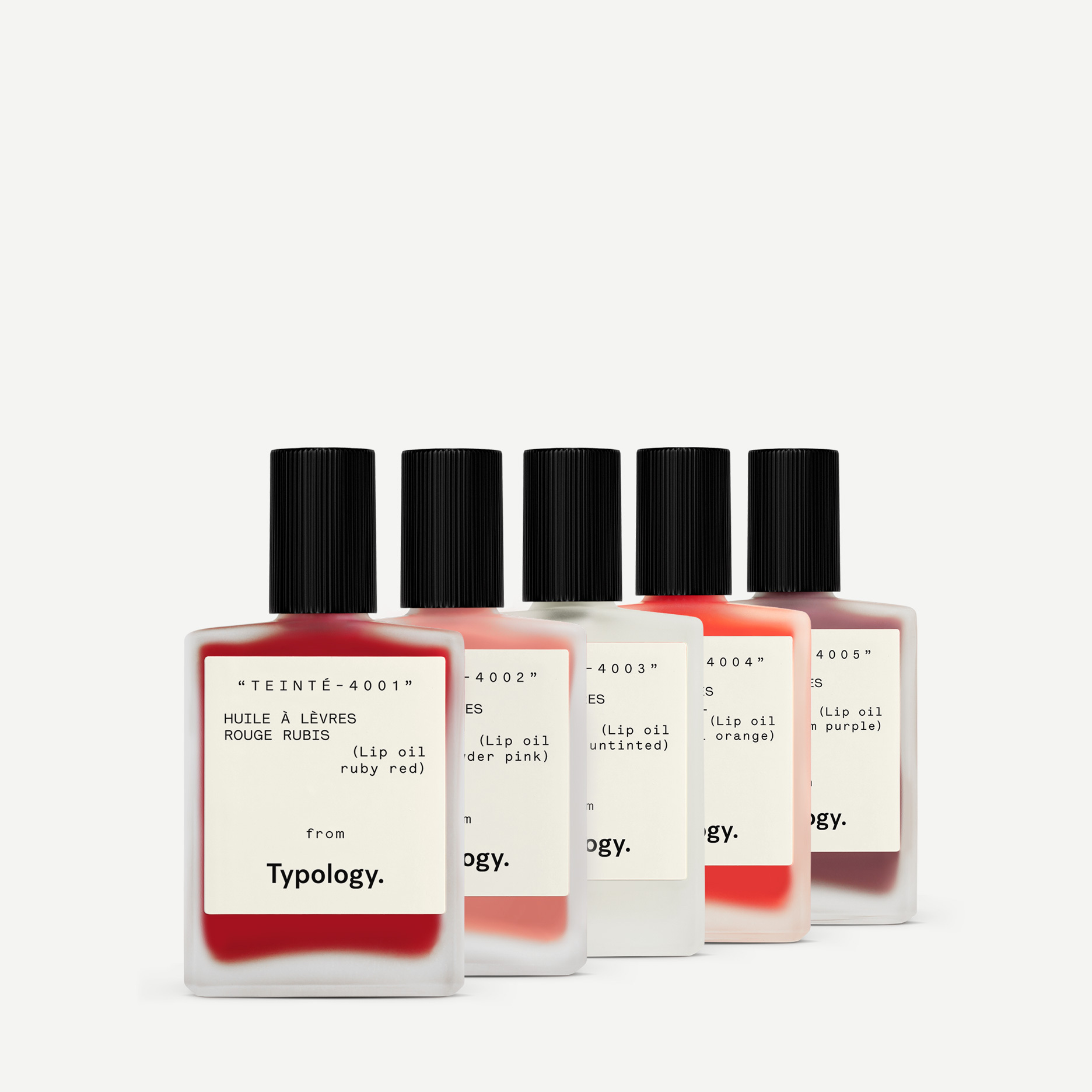I Just Tried This Year's Biggest Lip Trend—These Are My Honest Thoughts
Face oils, body oils and hair oils are probably already staple products in your beauty routine, but 2022 has officially been the year of the lip oil. In fact, we’d go so far as to say that no makeup bag is complete without one. Maybe it’s the clean girl aesthetic, or perhaps it’s part of the post-pandemic trend for low-maintenance, glow-inducing beauty products, but makeup artists and beauty influencers alike are setting aside their lip liners and matte lipsticks in favour of the subtle colour, glossy shine and moisturising benefits that a lip oil can deliver.

I for one am a huge fan. It’s a controversial thing to admit (especially as a beauty editor), but I’ve never really enjoyed using lipstick. The need for precision application, constant top-ups, and questioning whether you’ve got lipstick on your teeth every five minutes is far too much maintenance in my opinion, and I know I’m not the only one who feels this way. The current trending beauty aesthetic is all about effortless beauty, using products that have skincare benefits and result in a healthy, natural, no-makeup makeup look. Think skin tints, brow gels, liquid blush and, when it comes to lips, lip oils.
To give you all the details on the lip oil trend, we’ve answered your most frequently asked questions and reviewed the best lip oils (both affordable and luxury options) for you to try out.
What Is Lip Oil?
Lip oils are essentially a skincare-makeup hybrid, combining the moisturising benefits of a lip balm or mask with the high-shine finish of a lipgloss (and none of the stickiness). They’re sometimes clear but often tinted with a subtle hint of colour, so you can expect them to replace lipstick in your routine.
Is Lip Oil Good for Lips?
Lip oils are designed to nourish and hydrate lips, so they’re perfect if you’re prone to dry, chapped lips. From a skincare perspective, they’re basically like a serum for your lips, but they also happen to make lips look plump and glossy in the process. Most are formulated with moisture-replenishing ingredients such as hyaluronic acid, vitamin E and plant-based oils, which help to keep lips smooth and soft and prevent them from getting cracked or flaky.
If you find that regular cream or liquid lipsticks leave your lips feeling tight and dry, then a lip oil can be a great alternative, especially as many of them are tinted. They tend to leave a much glossier, shinier finish than a lipstick, but unlike lip gloss, they don’t feel heavy or leave a sticky residue.
Is Lip Oil Better Than Lip Balm?
Often, lip balms simply coat the skin, acting like a barrier, which can help to prevent lips from getting chapped but also means the formula wears off easily and needs to be reapplied frequently.
In contrast, lip oils have a more fluid consistency than lip balms, which means that the moisturising ingredients they contain are better able to penetrate and absorb into the skin. As our lips don’t produce moisture (unlike other areas of the face, they have no oil glands), this infusion of hydrating ingredients is incredibly effective for targeting symptoms of dryness, such as rough texture, flakiness and tightness. They’re the perfect way to give your lips some TLC while also checking off a step in your makeup routine, and they’ll last for much longer than a lip balm does.
Which Is the Best Lip Oil?
The iconic Dior Addict Lip Glow Oil undoubtedly started the lip oil trend, but more and more beauty brands are jumping on the bandwagon and releasing equally impressive lip oil formulas. From Clarins’s cult nourishing lip oil through to Fenty Beauty’s cherry-infused formula, scroll down to discover our edit of the best lip oils for plump, hydrated, glossy lips.
Shop the best lip oils:

Dior’s lip oil offering went viral on TikTok earlier this year, and it’s still (almost) impossible to get hold of in stores. The classic 001 Pink shade is the most coveted, but we love 012 Rosewood for a slightly deeper tint of colour.

Just like Nuxe’s famous Rêve de Miel lip balm, this oil formula heroes honey, an ingredient renowned for its soothing, nourishing properties.

Available in eight shades, Clarins’s lip oil has actually been around for years and has always been one of my go-tos for when winter dryness sets in. Formulated with a trio of moisturising plant oils, it cocoons lips for a plump, cushioned effect.

As well as being one of the driest areas of our face, the skin of our lips is super thin and highly prone to UV damage. Boosted with SPF 50 protection, this lightweight, super-shiny lip oil truly does it all.

For those who like a pop of colour, Fenty Beauty’s cherry-infused formula delivers a sheer red sheen with zero stickiness.

Claiming to boost lip volume by 70% in just 28 days, this formula is one for those looking to achieve a plumped effect.

Boosted with antioxidants and collagen, this super-glossy formula leaves lips both looking and feeling plumped full of moisture.

A blend of hyaluronic acid, peptides, evening primrose oil and avocado oil makes this lip oil every bit as hydrating as an intensive lip mask would be. We’re obsessed with the wet-look vinyl effect it delivers.

Made with 99% plant-derived ingredients, this translucent pink lip oil gives lips a glass-like shine. The formula contains ultra nourishing jojoba and apricot oils.

Perfect for creating the illusion of fuller lips, Vieve’s Lip Dew combines the shine of a gloss with the comfort of a lip balm thanks to moisturising raspberry seed oil extract, camellia oil and vitamin E.

Combining a lip-plumping complex with vitamin E and coconut oil, this formula will keep your lips hydrated, shiny, and plump for hours on end.

This formula with jojoba and sunflower-seed oils comes in a range of shades, all of which deliver an ultra-dewy shine.

Delivering deep-sinking moisture (thanks to nourishing mango butter), this long-wearing formula feels rich and comforting.

Combining reflective shine with vibrant pops of colour, these lip oils are the perfect finishing touch to any makeup look.
Next Up: 17 Affordable Beauty Products That Are Just as Good as These Expensive Ones
Grace Day is a beauty editor and content creator. She has over 10 years of beauty-industry experience, spanning editorial, retail, and e-commerce, which gives her a unique understanding into how people shop for their beauty routines.While studying for a history degree (specialising in the history of beauty) and working as a beauty adviser in department stores, Grace started writing her own beauty blog in order to share the products she discovered while dealing with acne. After graduating, she moved to Beauty Bay as beauty editor and content manager. Grace is currently a beauty contributor to Who What Wear. She has also written for Hypebae and PopSugar and works as a brand consultant and copywriter.
-
 Stop the Search—We've Discovered the Cool Denim Trend Every Fashion Person Will Be Wearing Throughout 2025
Stop the Search—We've Discovered the Cool Denim Trend Every Fashion Person Will Be Wearing Throughout 2025And 2026.
By Nikki Chwatt
-
 High Sport's Viral Candy-Cane Pants and 8 More Non-Basic Bottoms to Buy This Summer
High Sport's Viral Candy-Cane Pants and 8 More Non-Basic Bottoms to Buy This SummerJump right in.
By Nikki Chwatt
-
 Fittingly, Elizabeth Olsen Just Wore the Controversial The Row Sandals Everyone's Talking About
Fittingly, Elizabeth Olsen Just Wore the Controversial The Row Sandals Everyone's Talking AboutThey've gone viral, folks.
By Allyson Payer